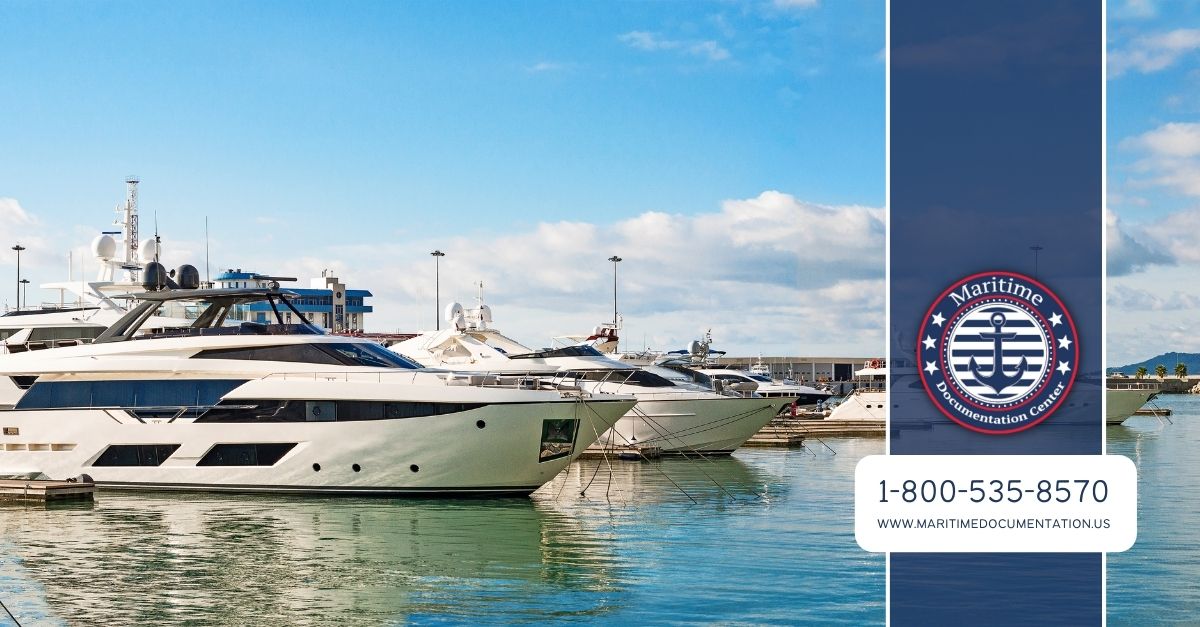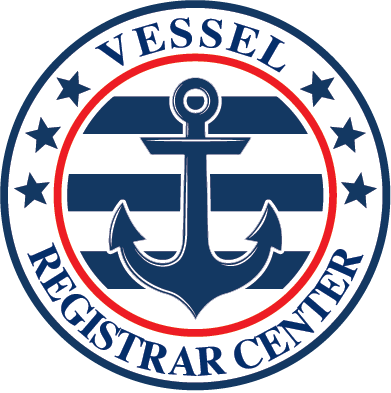The paperwork provided by the United States Coast Guard is a significant component of a vessel’s complete registration. Information regarding the vessel’s owner and operator and specifics about the vessel may be found in the documents made public via our online vessel documentation search tools. You may use this information as a reference or keep track of your vessel’s current state. The United States Coast Guard makes these papers available to the public to promote openness among boats and their owners.
The United States Coast Guard is your best bet if you’re seeking vessel paperwork. Maritime Documentation Center provides a comprehensive range of services and information, which may be accessed via our secure web portal. We have the information you’re searching for, whether you’re a boat owner, skipper, crew member, or are interested in something else. What type of information can you expect to find when using our internet search tools? See for yourself by continuing to read below!

Your Vessel’s Name and Official Number
It’s important to be able to discover your yacht quickly and when searching for it using the Maritime Documentation Center’s database. It is beneficial to be familiar with all of the information available on our vessel documentation search page to do this. It is possible to include precise information about the vessel, such as whether or not it is subject to a Maritime Lien, its current status with U.S. Customs and Border Protection (CBP), and the identity of its owner. You would do an official Vessel Name Search or a Vessel Official Number Search to get access to information on a vessel. In addition to your vessel’s official name and number, this search may also give you other crucial information, such as the vessel’s nationality, call sign, and hailing port.
You Can Get Vessel’s Hull Material Through Vessel Documentation Search
What the vessel is built of is important to know whether you are the captain or a member of a ship or boat crew according to federalregister.gov. The sort of environment in which the vessel should be put and the overall durability of the vessel may be determined by the material used for the hull. The hull material used in the construction of a vessel is an extremely crucial aspect in determining the overall durability of the vessel. The material utilized to construct the ship plate will decide whether or not the plate will be able to resist repeated stress. That is why any interested party needs to ensure that they are aware of the hull material of a vessel and learn more about the particular composition of the hull material. You may be confident that the Maritime Documentation Center’s documentation search will find all you need and more!
The Boat’s Length Overall
Have you ever been curious about the entire length of a ship or vessel? Why? As you would expect, a boat’s length is the essential element in determining its displacement. When submerged in water, the longer its overall length, the deeper it travels underwater. Therefore, even if both boats are being filled with the same quantity of water, a 100-foot boat will have much higher displacement than a 50-foot boat. If you’re carrying anything heavy across the seas and oceans — such as oil or coal, you’ll want to find a boat with adequate length to transport the whole load securely. This may be accomplished by using our newest vessel documentation search function at the Maritime Documentation Center, which allows you to determine the length of any vessel!
The Gross Tonnage of The Vessel
If you’re searching for a gross tonnage vessel, you’ll likely want to use it for a variety of other purposes as well. As a result, the Maritime Documentation Center gives you access to all the information you’ll ever want. A vessel’s features, such as its gross tonnage or any attribute that interests you, may be found by using our vessel documentation search engine. The Gross Tonnage of a vessel is a measurement that indicates the amount of cargo that can be loaded aboard the boat at one time. It is used to demonstrate the overall size of your vessel and is calculated by putting up all of the enclosed compartments that may be utilized as ‘seaworthy enclosed space.’ This covers items such as cargo hold space, container space,
etc.
The marine business has risen by leaps and bounds in the last several years. Unfortunately, port laws, vessel paperwork, and other issues have evolved rapidly that it has been difficult to stay up. The Maritime Documentation Center is available to help with that. More than a thousand people and organizations have used our services to gather essential marine information, from initial research to long-term data storage and administration. Have questions about how we can help you? For additional information, please visit mdcenter.com or contact us at (800)-535-8570.




